The agency was created to respond to fast-spreading disease threats, such as Ebola, and to establish early warning and response surveillance systems, respond to emergencies, build capacity, and provide technical expertise to address health emergencies in a timely and effective manner.
Both chair models can break, causing injuries from falls. About 2.3 million of them have been recalled.
Paper products used to serve food contain chemicals linked to diverse health risks.
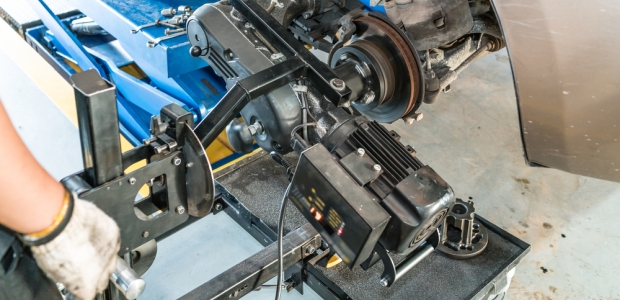
Hand usage can affect cumulative trauma soft-tissue issues in the arms, neck, shoulders, and back.

Following a five-step plan helps you design a program to protect your team from sudden cardiac arrest.
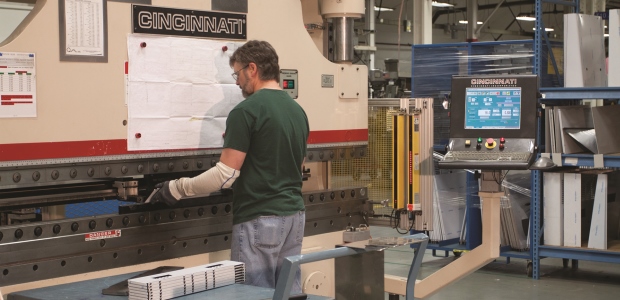
Lack of understanding of OSHA machine guard regulations continues to make machine safeguarding one of OSHA's Top 10 violations.

You don't want to wear gloves that will burn, catch fire or not protect from heat. Beyond sustained injuries, ignoring the need for proper electrical PPE can result in huge fines.
The agency that runs the subways and transit buses in the nation's capital will resume its around-the-clock SafeTrack "surge" maintenance work Feb. 11 with an 18-day shutdown on its Blue Line between the Rosslyn and Pentagon stations.
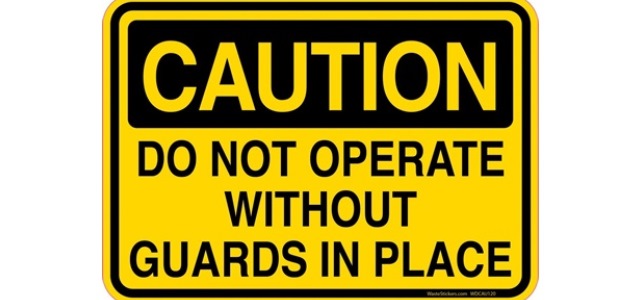
Here's what EHS pros need to know about machine safeguarding.
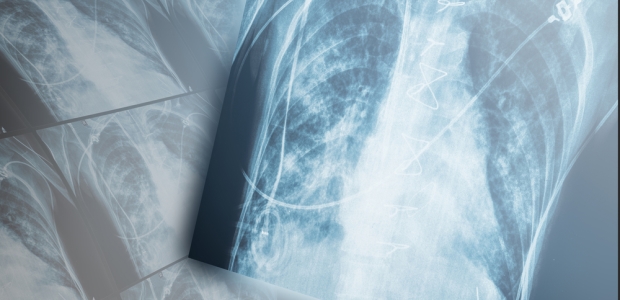
The agency recommends a recommended exposure limit of 5 ppb for diacetyl as a time-weighted average for up to 8 hours/day during a 40-hour work week and a short-term exposure limit of 25 parts per billion for a 15-minute time period.

BLS reported there were 23,730 eye injuries requiring time away from work in 2014, or 6 percent of all lost-time cases in private industry and state and local government employment.

It's more important than ever for employers to stay focused on OSHA regulations—not only to avoid citations and costly fines, but also to protect the organization's most valuable asset, the employees.

As a safety manager, an HR director, or a company executive, remaining confused and silent toward the issue of legal marijuana may prove to be a very costly mistake for you and your company.

They are another tool in the musculoskeletal disorder (MSD) prevention toolbox.
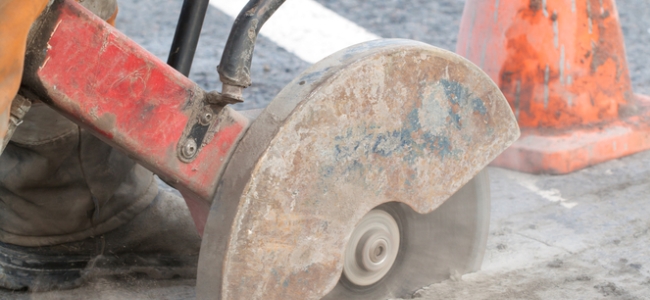
The more information you have about your own organization and workforce, the better the insight into how to reduce hazards to an acceptable level.